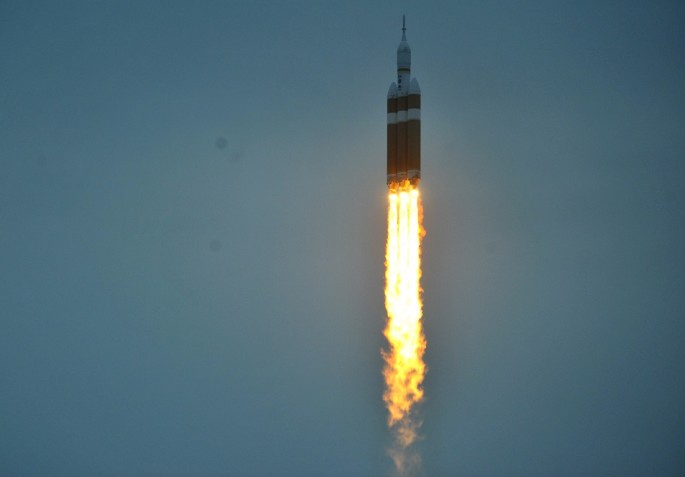Chinese mainlanders Lin Xiaoxia and Li Dapeng face widespread mockery after making it among the 100 finalists for a one-way trip to Mars.
There are many who view them as overzealous fools than bold explorers who underestimated the difficulties to a deep space exploration mission.
"They may simply end up as first human beings who die on Mars," said one source.
Lin is a garment sales coordinator from Shantou, Guangdong Province, while Li works at a local forestry bureau.
Family members do not want Lin to go to Mars thinking she will never make it back, but Lin is relying on future technology to do so.
"But I believe future technology will guarantee us a trip back home. It will be fantastic if it could be like traveling back home for Spring Festival after working away from home for some time," Lin quipped.
Meanwhile, Li has upped his reading of books on astronomy to prepare for the mission.
Run by the not-for-profit foundation Mars One, the $6-billion project aims to choose four astronauts to establish a permanent human settlement on Mars by 2024.
A total of 50 men and 50 women from 202,586 initial applicants worldwide successfully passed the second round. The number of candidates will be further cut down to 24, with six groups of four candidates.
Some experts believe that the project is not feasible, given the limited technical availability.
Wang Zhaokui, an associate research fellow with the School of Aerospace Engineering at Tsinghua University, said that he personally believes that the project is just hype. He noted that technical breakthroughs, such as in propulsion technology, are yet to be achieved before any trip to Mars can be planned.
According to Beijing-based space expert Pang Zhihao, Mars is located at least 55 million kilometers away and requires a bigger spaceship, and current technology could not create carrier rocket designed for this.
He noted that there has so far been no successful manned space mission from the Netherlands, where Mars One is based, while the United States, with its state-of-the-air technology and robust financial support, expects a Martian mission only by 2035.
But Mars One insists that it has a feasible mission plan based on feedback from aerospace companies around the world with decades of experience supplying components for space missions, according to its Director of Communications Suzanne Flinkenflogel.
"Our current mission design is the result of our own studies and feedback of those leading space engineering teams and we are very confident that our budgets, timelines and requirements are feasible," said the director.



























